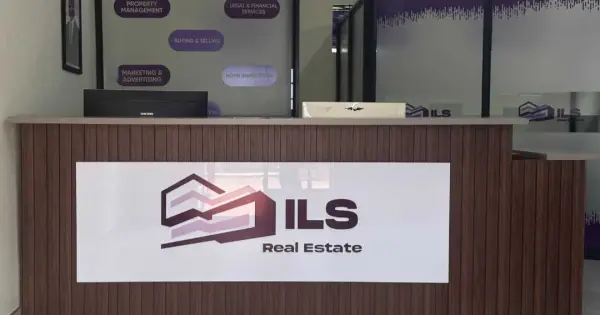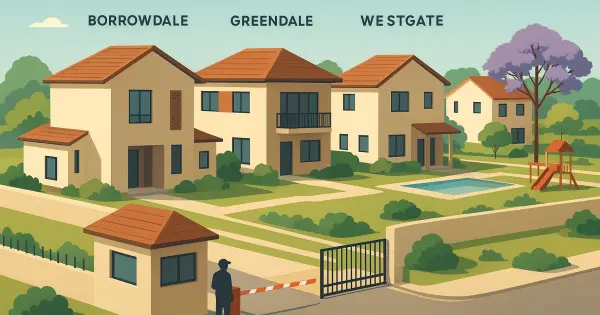As I have already said in the past I am a great admirer of prefab technology. It allows you to swiftly build and complete houses in a matter of days instead of the months it takes to build a house using traditional building. Building a house in days or weeks is incredible but what about building a house in 12 hours?
How is such a feat possible, you ask? Well, you just have to print the house using a printer of course! That may sound like science fiction but while it is science, it’s no longer fiction. 3D printing has revolutionised a lot of manufacturing industries and now it has its sights on the home-building industry. It’s still cutting edge technology which makes it even more incredible that Zimbabweans will soon have that option.
Lafarge’s plans
Lafarge Zimbabwe is perhaps Zimbabwe’s most well known cement manufacturer. Now they want to be more than just a cement company. They are working on plans to be the first company to bring a 3-D printer to Zimbabwe. This printer is pretty special - it will allow Lafarge to print actual houses, taking about 12 hours to print a complete house.
“We anticipate that we will have a 3D printer in the country in the third quarter. We look forward to the usual government support in its importation and subsequent approval for use as a technology in construction in the country,” said Precious Nyka the CEO of the Lafarge.
This is going to be a much more involved project. Printing houses is not a simple matter of buying a printer, stuffing it with concrete and watching it spit out houses. You need special “ink”. This is a special mixture of building mortar that can quickly set after it is spat out of the printer. Currently this “ink” is not available in Africa. If you want to print a house you actually have to import it from Spain.
That takes time and literally defeats the whole point of printing houses. After all you would have to wait months or even years for the mortar to get to Zimbabwe. To solve this problem, Lafarge is in the process of setting up a plant which was commissioned last week. That will allow this specific mortar to be made locally.
In the meantime, Lafarge will be putting the technology through its paces and trying to gauge what local demand for printed houses will be. I don’t think they are going to have any problems here, as there is an insatiable demand for homes in Zimbabwe’s urban areas. They are unlikely to be bothered by the idea of printed houses as long as they look good and both the local and national government signs off.
How house 3D printing works?
Lafarge reportedly will be making use of tech supplied by a company called 14Trees. This is a low-cost housing venture that is partly owned by Lafarge’s parent, Lafarge Holcim. The key to this process is the special mortar I mentioned above which acts as the ink.
Lafarge explains the process, “The material is pushed through a nozzle which regulates flow and is guided by a computer-controlled positioning process. The material used in the process is cement-based with sand and specially designed admixtures as additives”.
This results in massive time savings for the builder and the consumer, who can have a house printed out in a matter of hours!




